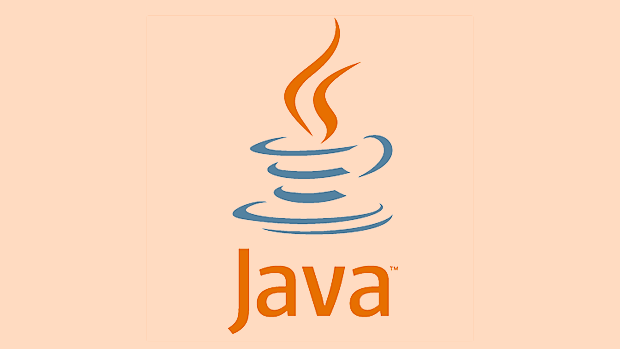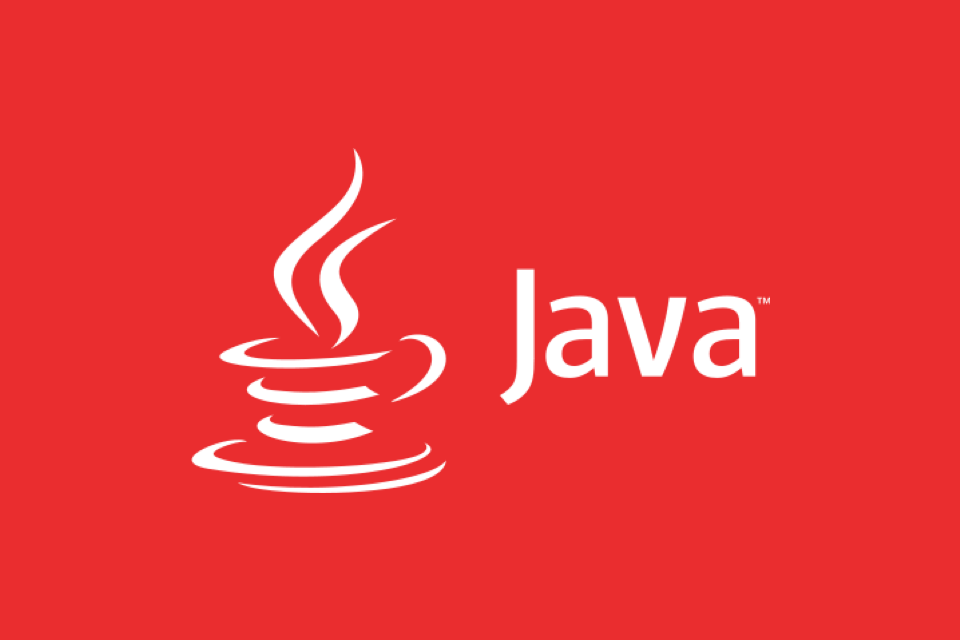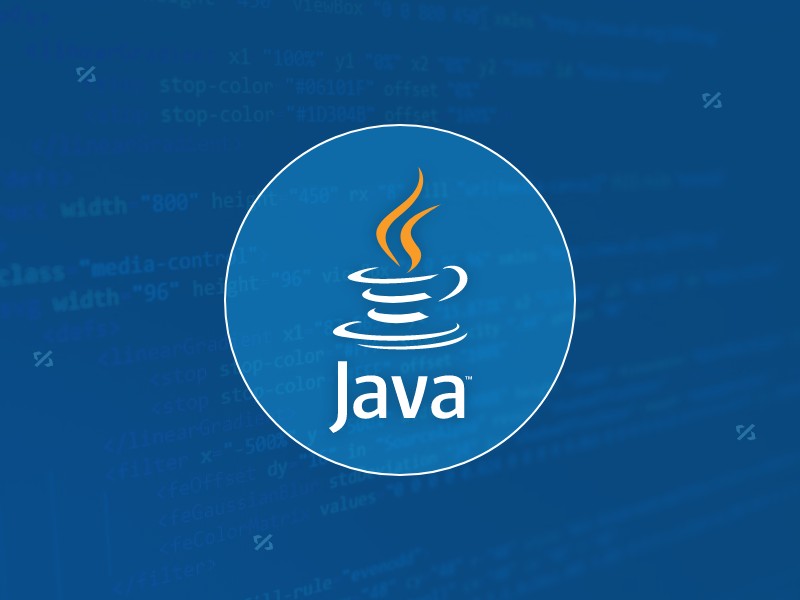Comparing List and Set Implementations in Java Collections
Jul 15, 2025 am 01:08 AMUse List when order and duplicates matter, and Set when uniqueness is key. 1. List preserves insertion order and allows duplicates, supports index access, with ArrayList for random access and LinkedList for frequent insertions/deletions. 2. Set ensures unique elements, offers fast lookup, with HashSet for no order, LinkedHashSet for insertion order, and TreeSet for sorted order. 3. Performance considerations: Lists have slower search but ordered operations, while Sets provide faster existence checks but higher memory usage. 4. Choose based on requirements such as presence checks, insertion patterns, or API expectations.

When you're working with Java collections, choosing between a List and a Set often comes down to whether or not you need to allow duplicates. Lists maintain insertion order and allow duplicate elements, while Sets enforce uniqueness but don't guarantee order (unless you use specialized implementations like LinkedHashSet). Let’s break this down into practical terms.

When to Use List: Ordered and Duplicates Allowed
If your data needs to preserve the order in which elements were added and may contain duplicates, then List is the way to go. The most commonly used implementation is ArrayList.

- Use case example: Keeping track of user actions in an application where the same action might be repeated.
- Key feature: You can access elements by their index, just like arrays, but with dynamic resizing.
- Performance note: Adding or removing from the middle of an ArrayList can be slow because it requires shifting elements.
Common List implementations:
-
ArrayList: Good for read-heavy operations with random access. -
LinkedList: Better for frequent insertions and deletions, especially at the ends.
When to Use Set: Unique Elements Only
A Set is ideal when you want to ensure that no duplicates exist in your collection. It doesn’t support positional access, so you’ll typically iterate through elements or check for existence using .contains().

- Use case example: Storing a list of unique user IDs or email addresses.
- Key feature: Fast lookup time for checking if an element exists.
- Performance note: HashSet offers constant-time performance for basic operations like add, remove, and contains.
Common Set implementations:
-
HashSet: No guaranteed order, but fast operations. -
LinkedHashSet: Maintains insertion order at a slight performance cost. -
TreeSet: Keeps elements sorted, useful if you need ordered traversal.
Memory and Performance Considerations
While both structures have their uses, memory and speed should factor into your decision:
- Memory footprint: Sets usually take up more memory than Lists for the same number of elements because they rely on hash tables or trees to enforce uniqueness.
-
Search efficiency: Checking if an element exists in a List (
list.contains(x)) runs in linear time O(n), whereas in a Set it's typically O(1) for HashSet or O(log n) for TreeSet. - Insertion and deletion: LinkedList-based Lists are better for frequent changes in the middle, while Sets like HashSet excel at quick inserts and deletes when duplicates aren’t a concern.
If you're handling large datasets and only care about presence checks, a Set will generally outperform a List.
Practical Tip: Choose Based on Requirements, Not Just Defaults
It’s easy to default to ArrayList, but that’s not always best. For instance:
- If you’re collecting results from a database query where duplicates are possible but not desired, a
HashSetcould clean things up automatically. - When building a UI component that displays items in a specific sequence, stick with
Listand maybe evenLinkedListif you're inserting frequently at both ends.
Also, keep in mind that some APIs or frameworks expect one type over the other — for example, many Spring Boot methods return Set when dealing with relationships in JPA entities, reflecting the real-world constraint of uniqueness.
So, pick List when order and duplicates matter, and Set when uniqueness is key.
That's the core idea — not too complicated, but easy to get wrong without thinking it through.
The above is the detailed content of Comparing List and Set Implementations in Java Collections. For more information, please follow other related articles on the PHP Chinese website!

Hot AI Tools

Undress AI Tool
Undress images for free

Undresser.AI Undress
AI-powered app for creating realistic nude photos

AI Clothes Remover
Online AI tool for removing clothes from photos.

Clothoff.io
AI clothes remover

Video Face Swap
Swap faces in any video effortlessly with our completely free AI face swap tool!

Hot Article

Hot Tools

Notepad++7.3.1
Easy-to-use and free code editor

SublimeText3 Chinese version
Chinese version, very easy to use

Zend Studio 13.0.1
Powerful PHP integrated development environment

Dreamweaver CS6
Visual web development tools

SublimeText3 Mac version
God-level code editing software (SublimeText3)

Hot Topics
 How to use arrays and collections for data storage and manipulation in Java
Oct 18, 2023 am 08:15 AM
How to use arrays and collections for data storage and manipulation in Java
Oct 18, 2023 am 08:15 AM
How to use arrays and collections for data storage and operation in Java In Java programming, arrays and collections are commonly used methods of data storage and operation. An array is a container used to store data of the same type, while a collection is an object composed of multiple elements. The basic method of using arrays for data storage and manipulation is as follows: Declaring an array variable To use an array, you first need to declare an array variable. An array variable can be declared using the following syntax: dataType[]arrayName; where dataT
 What are the ways to dynamically add elements to a Java array?
Jan 03, 2024 pm 05:05 PM
What are the ways to dynamically add elements to a Java array?
Jan 03, 2024 pm 05:05 PM
A Java array is a data structure used to store fixed-size elements of the same type. When creating an array, you need to specify the length of the array, which means the size of the array is fixed. However, in actual programming, sometimes it is necessary to dynamically add elements to an array. This article will introduce how to dynamically add elements to an array in Java and provide code examples. In Java, there are several common methods for dynamically adding elements to an array: Using the ArrayList class ArrayList is a component of the Java collection framework
 Using Java Collections Efficiently: Practical Tips
Jun 16, 2023 am 11:06 AM
Using Java Collections Efficiently: Practical Tips
Jun 16, 2023 am 11:06 AM
Java collections are one of the most commonly used data structures in Java. It not only provides powerful data management functions, but also can reduce a lot of code writing in most cases. In this article, we will share some efficient Java collection usage tips to help you improve code quality and efficiency. Avoid using unnecessary loop iterators. Java collections generally use for-each loops, which can make the code more concise and easier to understand. However, in some cases it is more efficient to use a loop iterator. for example
 Solution to Java collection size immutable exception (ImmutableSizeException)
Aug 18, 2023 pm 09:46 PM
Solution to Java collection size immutable exception (ImmutableSizeException)
Aug 18, 2023 pm 09:46 PM
Solution to solve the Java collection immutable size exception (ImmutableSizeException) When using Java collections, sometimes you will encounter the immutable size exception (ImmutableSizeException). This exception usually occurs when trying to modify the size of a collection, but the collection has been predefined as immutable. This article will introduce several solutions to this problem and give corresponding code examples. Using immutable collections Immutable collections mean that once they are created
 Collection processing exercises in Java
Jun 15, 2023 am 09:52 AM
Collection processing exercises in Java
Jun 15, 2023 am 09:52 AM
Java is an extremely popular programming language that is widely used in various scenarios, including web development, mobile application development, desktop applications, etc. Java provides a rich collection class library to help developers deal with various data structures, including arrays, linked lists, stacks, queues, and maps. In Java, a collection is a container that stores data items. The Java collection class library can be divided into two hierarchies: collection interfaces and collection implementation classes. A collection interface is a set of specifications that defines a series of methods for operating on elements in a collection.
 Exploring the Java Collections Framework Hierarchy
Jul 07, 2025 am 02:39 AM
Exploring the Java Collections Framework Hierarchy
Jul 07, 2025 am 02:39 AM
The core of the Java collection framework is the Collection interface and the Map interface, which form the basis of the entire framework. 1. The Collection interface is the root interface of all collection classes. Its three sub-interfaces List, Set and Queue are used to process ordered and repeatable data (such as ArrayList and LinkedList), unordered and unrepeatable data (such as HashSet and TreeSet), and first-in-first-out queue operations (such as LinkedList and PriorityQueue). 2. Although the Map interface does not belong to the Collection system, it is also an important part of the framework and is used to store key-value pair data. Common implementations include Ha
 What is the Java Collections Framework?
Jun 29, 2025 am 01:29 AM
What is the Java Collections Framework?
Jun 29, 2025 am 01:29 AM
The Java Collection Framework (JCF) is a set of classes and interfaces for storing and manipulating data collections, providing a unified and efficient way to process core data. It mainly includes three core interfaces: 1.Collection interface, which derives List, Set and Queue. List is an ordered and repeatable collection. Common implementations include ArrayList and LinkedList; 2.Set is a collection of non-repeated elements, such as HashSet and TreeSet; 3.Map is used to store key-value pairs, and common implementations include HashMap and TreeMap. Implementation classes are selected according to different scenarios, such as frequent access to ArrayList, insert and delete multiple uses LinkedList, go to
 Comparing List and Set Implementations in Java Collections
Jul 15, 2025 am 01:08 AM
Comparing List and Set Implementations in Java Collections
Jul 15, 2025 am 01:08 AM
UseListwhenorderandduplicatesmatter,andSetwhenuniquenessiskey.1.Listpreservesinsertionorderandallowsduplicates,supportsindexaccess,withArrayListforrandomaccessandLinkedListforfrequentinsertions/deletions.2.Setensuresuniqueelements,offersfastlookup,wi






